Glaucoma Articles
This is the place for the latest information about our work here at Glaucoma Research Foundation and for current events in the world of eye health. All breakthroughs and insights are made possible through the dedication of researchers, and through the continued financial support and active involvement of the community.
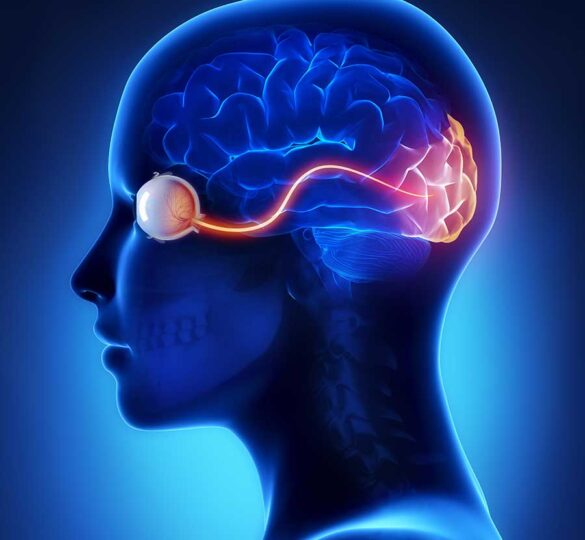
How Do We See?
Learn how light travels through the eye and how the visual system allows you to see and experience the world around you.

Blood Pressure and Glaucoma: Questions and Answers
Dr. Cantor discusses how blood pressure is related to glaucoma and explains the treatment possibilities available to optimize eye health.
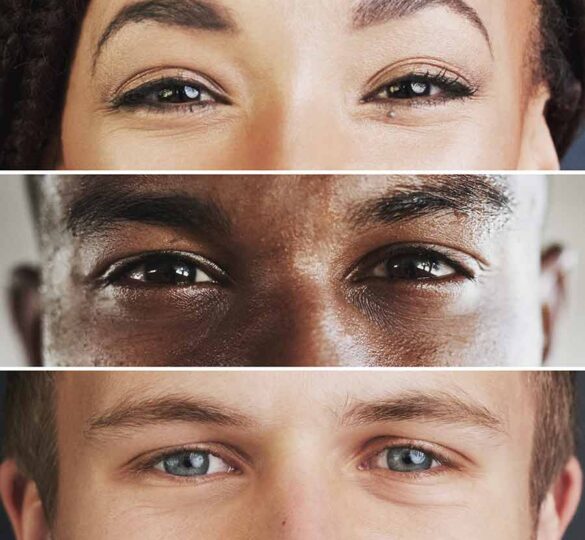
Are You an Open-Angle Glaucoma Suspect?
If you’ve been told you are a glaucoma suspect, you’re in good company — there are several million glaucoma suspects in the USA.

Be Prepared: Understanding Glaucoma Risk Factors
Glaucoma risk factors can include age, family history, and ethnicity.

5 Helpful Tips for College Students with Glaucoma
Jasmyn Polite was diagnosed with glaucoma at age 9. Now as a college student she has advice for other young people with glaucoma.
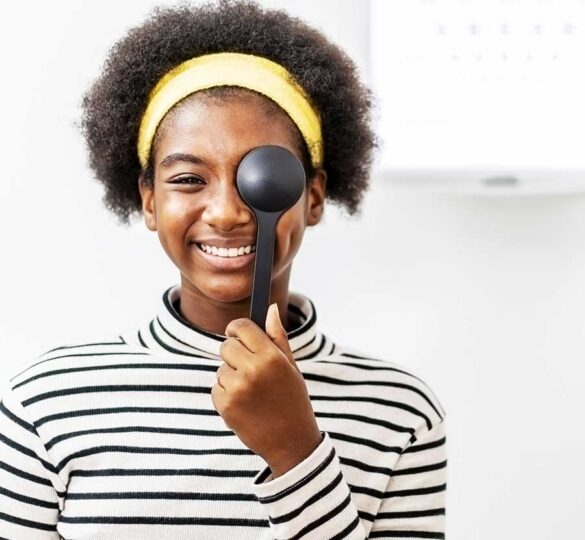
Focus On Eye Health in the New Year (January Is National Glaucoma Awareness Month)
You may be familiar with the expression: knowledge is power. That’s true, but it’s what you do with that knowledge that makes a difference.
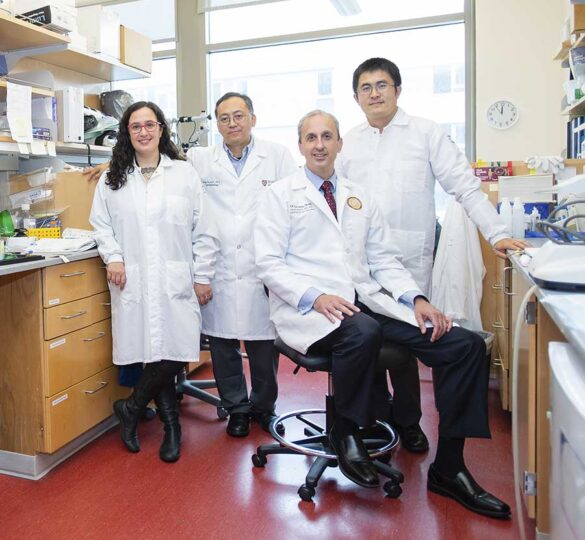
2021 Research Progress Report: Catalyst for a Cure Vision Restoration Initiative
Since 2019, the Catalyst for a Cure scientists have been working together in search of innovative ways to replace, repair, and protect neuronal elements of the eye-to-brain connection that can be damaged by glaucoma.

Life with Glaucoma (A Guide for Patients and Their Loved Ones)
Receiving a glaucoma diagnosis can be frightening. While people living with glaucoma may have to make adjustments, you don’t have to limit your life because of glaucoma.

Researcher Spotlight: Derek Welsbie, MD, PhD
Dr. Derek Welsbie’s patients know him as a skilled and compassionate glaucoma doctor. They may not know that he is also a dedicated researcher focused on restoring vision in glaucoma patients.

Comprensión de su diagnóstico de glaucoma
Al diagnóstico de glaucoma se llega cuando su oftalmólogo observa un tipo particular de daño en el nervio óptico, conocido como excavación. El hallazgo de este diagnóstico puede tener lugar con o sin presión intraocular elevada.

Pat Caulfield’s Personal Story
Pat Caulfield was an award-winning designer in the Baltimore area. Then, when glaucoma robbed her of vision, she found a new passion in painting.

Diabetes and Your Eyesight
Diabetes is a complex disease resulting from the inability of the body to produce insulin, a hormone that takes sugar out of the blood and into cells where it can be used for energy.
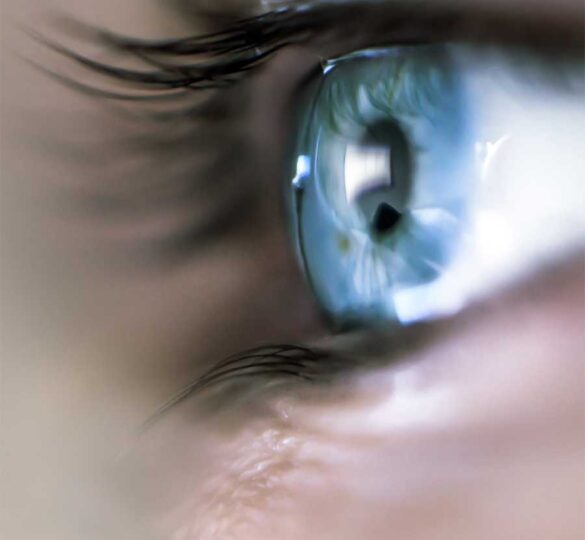
Laser Iridotomy and Narrow Angles
Question: My eye doctor wants to perform a laser iridotomy on my eye because I have narrow angles. I don’t have glaucoma, so why do I need to have this procedure done?

La diabetes y la vista
La diabetes es una enfermedad compleja resultante de la incapacidad del cuerpo para producir insulina.
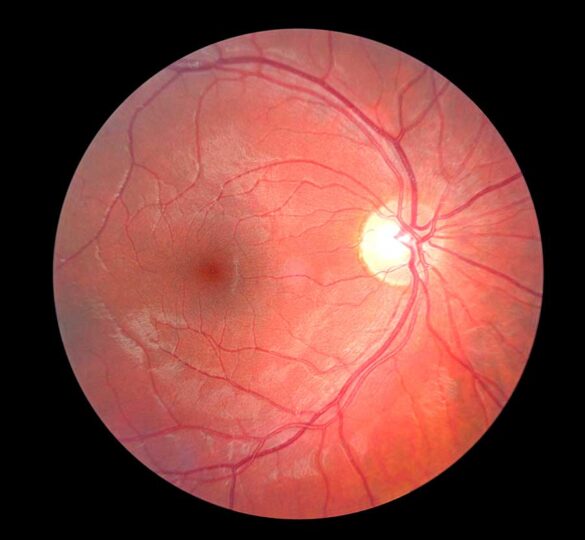
Imágenes del nervio óptico: ¿Qué es y por qué es necesario?
Los especialistas en glaucoma toman imágenes del nervio óptico para medir el daño a este importante cable que conecta el ojo con el cerebro.

Iridotomía láser y ángulos estrechos
Al realizar una iridotomía láser, su médico intenta evitarle el riesgo de glaucoma agudo de ángulo cerrado.

Cómo afecta glaucoma al nervio óptico
El nervio óptico es la parte del ojo que transporta información visual desde el ojo hasta el cerebro. Está ubicado en la parte posterior del ojo, justo del lado de la nariz del centro. También es la parte del ojo que se lesiona cuando alguien tiene glaucoma.
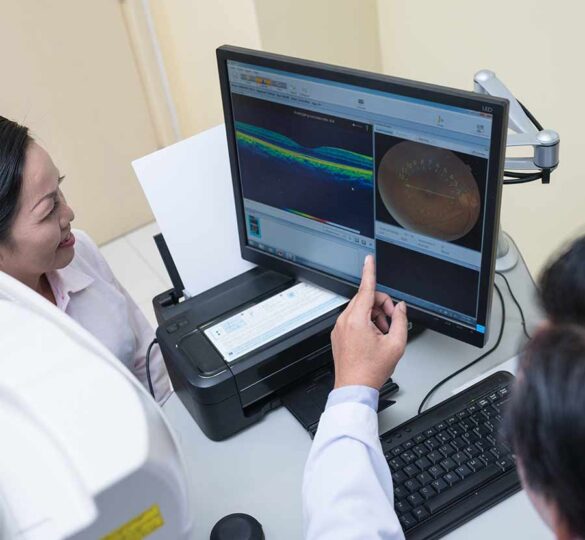
Excavación del nervio óptico
Tanto las personas con daño en el nervio óptico como las que no lo tienen, presentan excavación del nervio óptico, aunque aquellas con glaucoma tienden a mostrar una mayor proporción copa-disco. Por lo general, se considera que una proporción de copa a disco mayor que seis décimos es sospechosa de glaucoma.
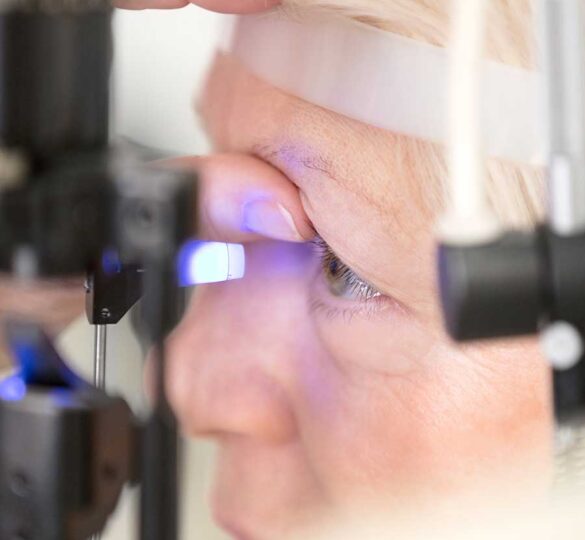
Formas Raras de Glaucoma
Aunque glaucoma primario de ángulo abierto es el tipo más común de glaucoma, existen muchos otros tipos de trastornos oculares que se encuentran dentro del espectro del glaucoma.

Glaucoma traumático
Glaucoma traumático es cualquier glaucoma provocado por una lesión en el ojo. Este tipo de glaucoma puede ocurrir tanto inmediatamente después de una lesión en el ojo como años después.
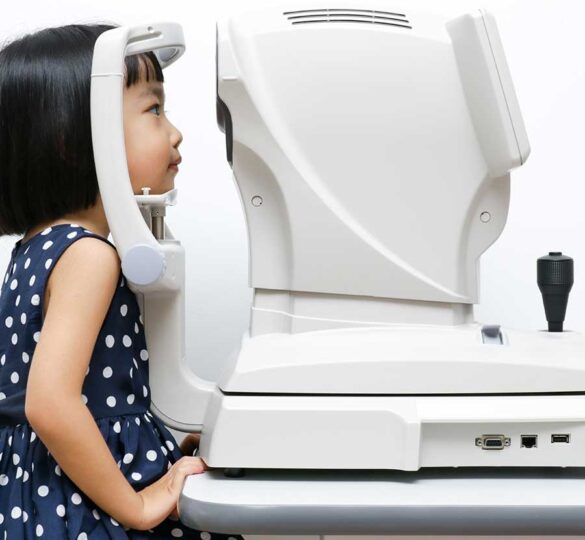
¿Qué es una prueba de campo visual?
Si se le ha diagnosticado glaucoma, es probable que se le hayan realizado varias pruebas de campo visual.

How Glaucoma Affects the Optic Nerve
The optic nerve is the part of the eye that gets injured when someone has glaucoma. Your doctor will examine your optic nerve as part of a complete eye examination.

Imaging of the Optic Nerve: What is it and why is it needed?
Glaucoma specialists take pictures of the optic nerve in order to measure damage to this important cable that connects your eye to your brain.
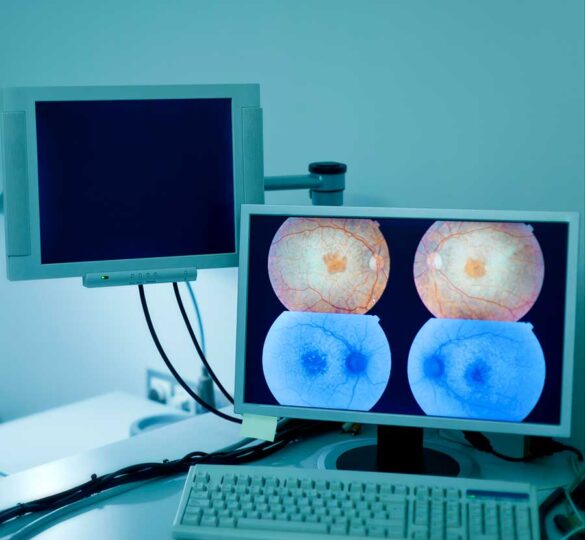
Optic Nerve Cupping
Both people with and without optic nerve damage have optic nerve cupping, although those with glaucoma tend to have a greater cup-to-disc ratio.
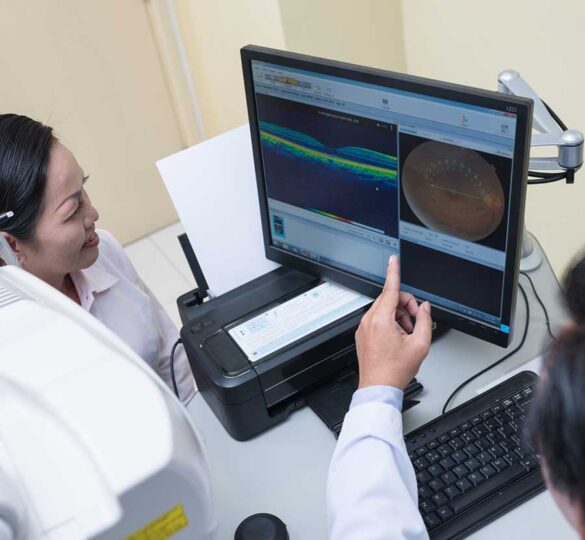
Understand Your Glaucoma Diagnosis
The diagnosis of glaucoma is made when your eye doctor notices a particular type of damage in the optic nerve known as cupping. This diagnostic finding can occur with or without high intraocular pressure.